Adjustment plan for regularization
After diagnosing the facilities, the next step is the planning phase. In this stage, we established an action plan with the necessary recommendations for adequacy, consolidating all the results of the work carried out.
It is also at this time that we deliver a technical report with the list of adequacy recommendations. This facilitates the establishment of an action plan to correct risk situations.
This report presents the result of the classification of the areas and potential sources of ignition found during the inspection. Technical suggestions for reducing the classification of the area are presented for each risk whenever possible, as well as recommendations for the regularization of possible sources and ignition.
In addition, each situation receives a risk rating, facilitating the prioritization of actions to be implemented.
Based on the report, we will be able to assist in the definition of the types of services that should be contracted, indicate possible suppliers, and help in the definition of technical specifications and all necessary consultancy to regularize your facilities.
